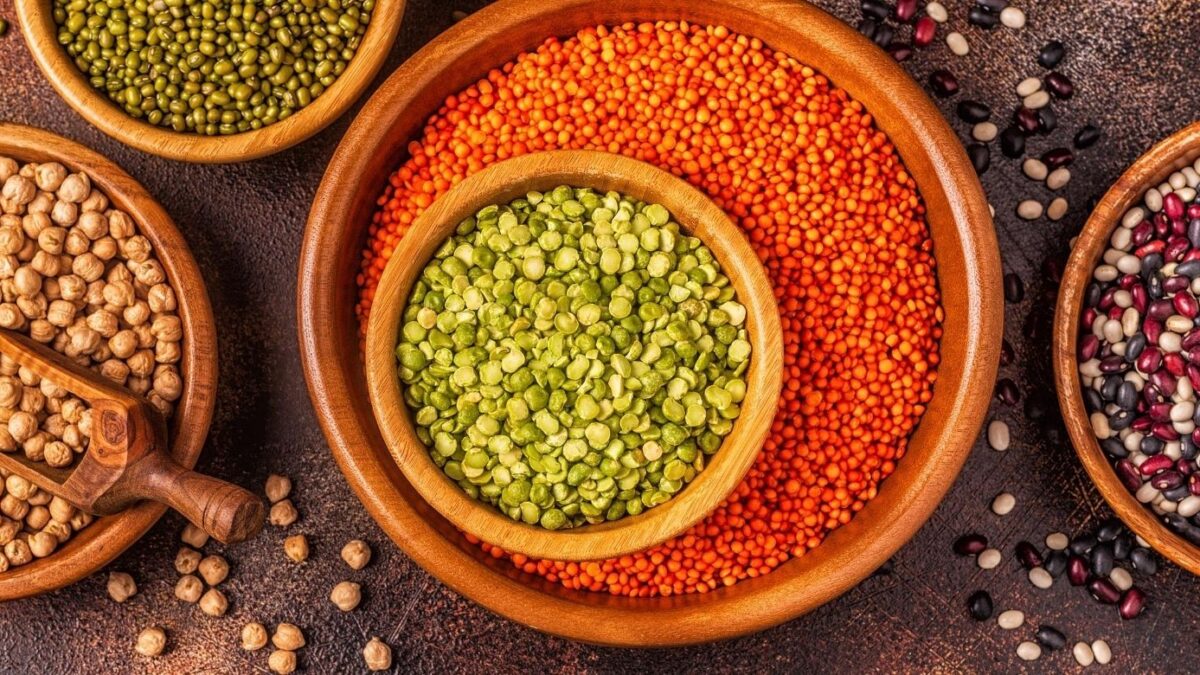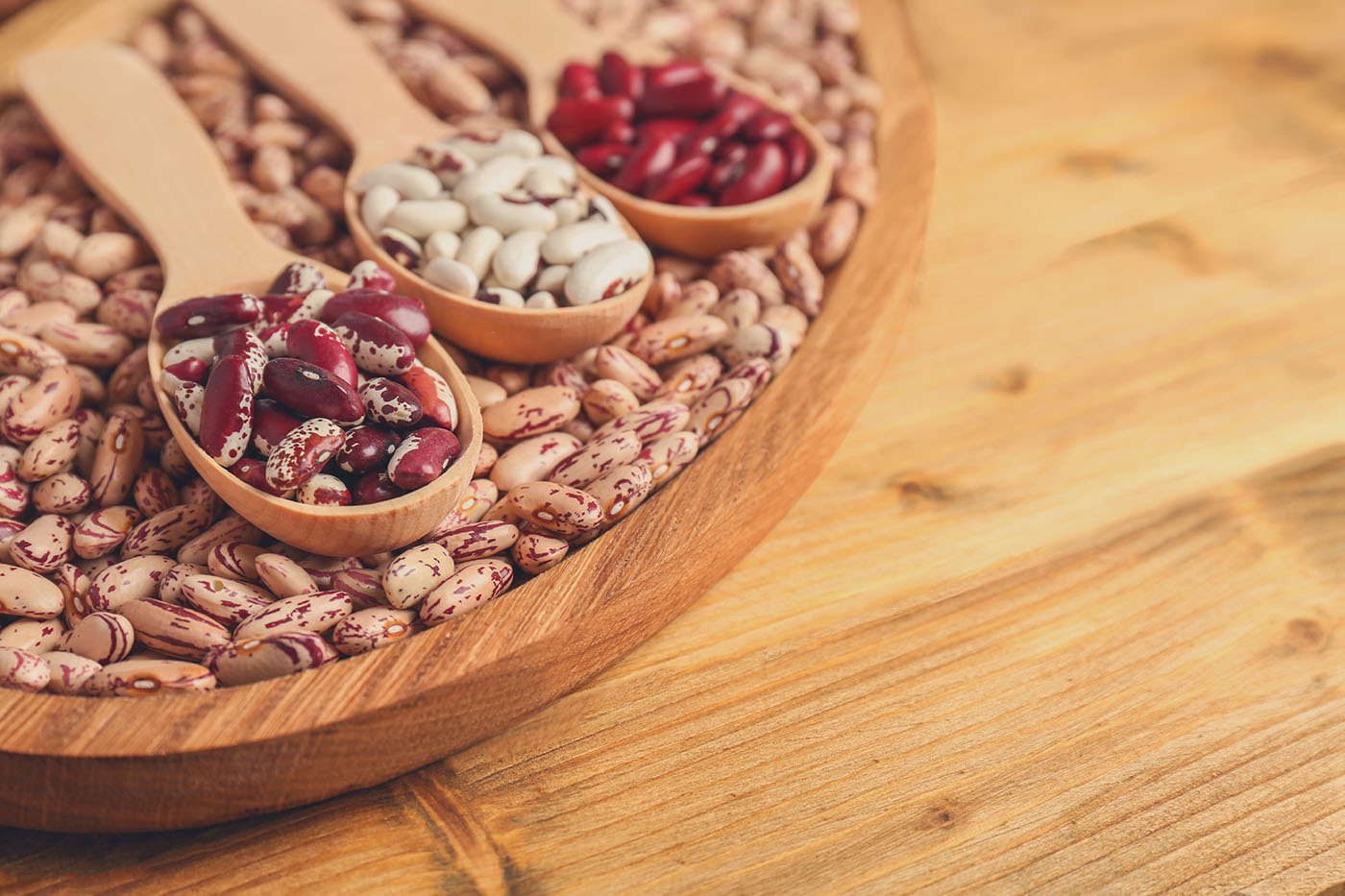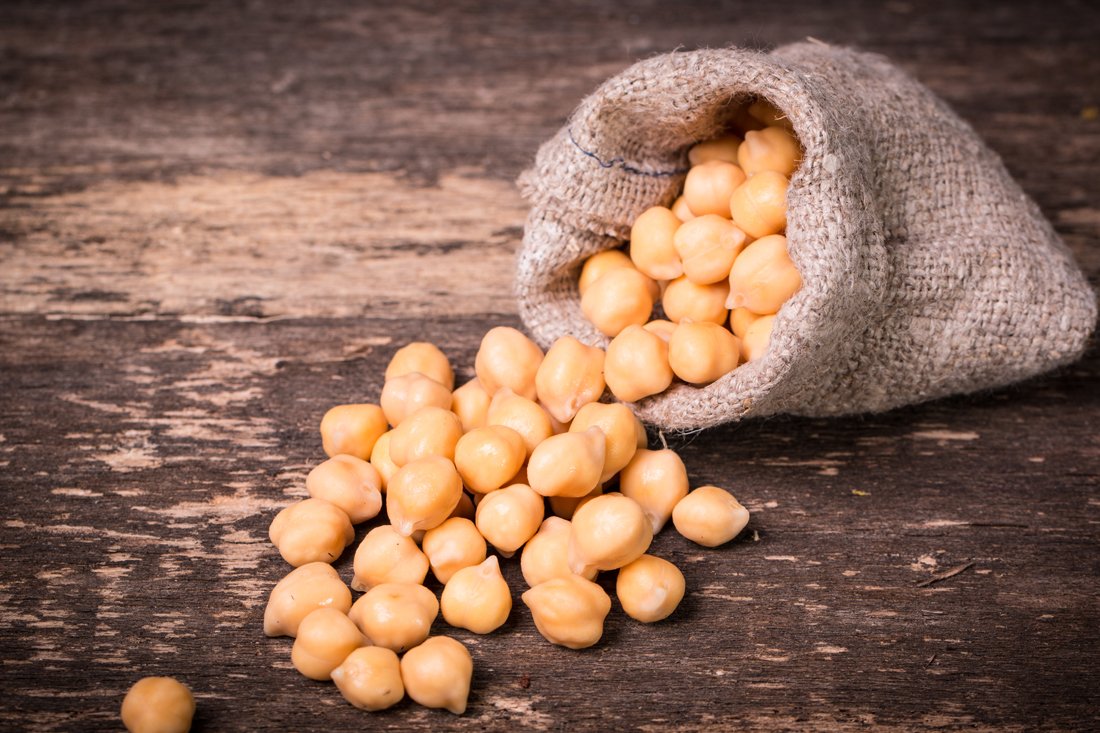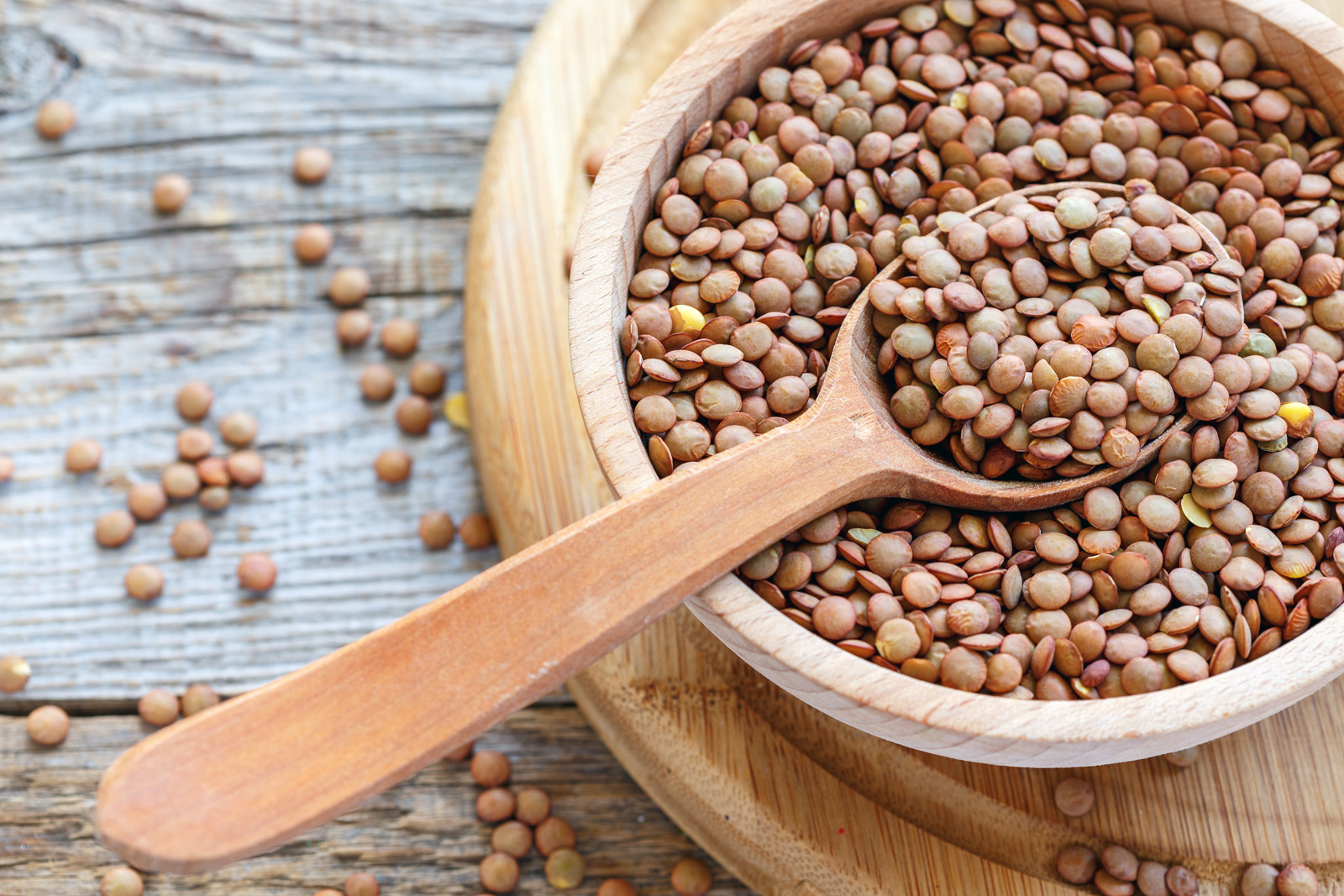In Italian culture, since ancient Rome, legume have taken on an essential role in human dieting, in fact ancient Romans enjoyed very often legume soups among which were fava beans, lentils and lupin beans. Still today, legumes are protagonists of great classics of Italian tradition, such as Naples’ pasta e fagioli (pasta with beans), risi and bisi (rice and peas), cuttlefish with peas, cotechino with lentils and many more.
Furthermore, if blended, legumes are the perfect base to prepare hummus, meatballs and burgers, and are also recommended, as an alternative to meat, to prepare tasty plant-based ragu making it a particularly top choice by people who follow a vegetarian diet.
Today in Italy there is a lot of selection among many Italian biodiversities unique in the world. Twenty-one of these are Slow Food Presidiums: varieties of lentils, beans, fava bean, peas and wild peas on the verge of extinction but that continue to be cultivated with ancient techniques and harvested by hand without machines thanks to tenacity and persistence of farmers, such as roveja, a small variety of peas that is an integral part of the culture of the Sibillini Mountains, between Marche and Umbria.

What are legumes and how are they classified?
With the term legumes we refer to edible seeds of plants part of the family of the legumes. The most used ones in Italy are: beans, lentils, chickpeas, peas and fava beans. You can find them on the market all year round and they can be purchased fresh or dry, frozen or tinned, whole or shelled.
- Dry seeds are the richest in nutrients but also have the most calories;
- Fresh ones are lighter thanks to a higher water content, its nutritional characteristics make them part of the group of vegetables;
- For frozen seeds the nutritional values remain except for water-soluble vitamins;
- Tinned legumes usually contain salt for storage necessities and it is necessary to wash them before to eating them;
- Whole legumes have all the parts, the shelled ones are legumes without the outside peel and from a nutritional point of view they have a lower value in fibers, for this reason they are recommended especially for those who have difficulty digesting these foods.

Nutritional values of legumes
Legumes are an important source of plant protein, omega-6 linoleic acid, fibres, B-group vitamins and mineral salts. A non-negligible aspect from a food point of view is that legumes do not contain gluten and can be enjoyed by celiacs.
Although they are a great source of plant proteins, these are of lower quality compared to animal ones, because they have a low content of sulfur amino acids, such as methionine and cysteine. However, the combination with other plant proteins, such as cereals, with a high content of these two amino acids but a low content of others which are present in legumes (lysine and tryptophan) allow to bridge this deficit, making legumes a protein source of comparable quality to products of animal origin.
According to the Guidelines for a healthy Italian diet from CREA, the legumes consumption is around 2-4 portions per week, either on their own or coupled with other foods, where the portion of fresh legumes is about 80 -120g, whereas if used dry it is about 30 — 40g per portion.
Some of the benefits associated with legumes include the fact that they:
- Reduce the incidence of chronic pathologies, such as diseases of the cardiovascular system, diabetes, obesity, metabolic syndrome and some forms of cancer;
- Favor the intestinal transit and satiety thanks to the presence of fibers;
- Improve cholesterolemia;
- Improve glycemia;
- Improve blood pressure;
- Mitigate symptoms of menopause thanks to phytoestrogens;
- Reduce the incidence of osteoporosis thanks to the presence of calcium with resulting reduction of osteoporosis incidence;
- Favor good humor thanks to the tryptophan content, the forerunner of serotonin, the so-called happiness hormone.
Here is why a healthy, balanced and diverse diet should include a regular consumption of legumes. Find out with Italian traditions Italy’s most popular legumes!
Beans
Among particularly prized Italian bean varieties we can find Fagioli di Pigna, Badalucco and Conio that are exclusively grown in the homonymous locations of the Liguria region, all recognized as Slow food Presidiums.
In the Belluno province, in the Veneto region, we can find the Fagiolo di Lamon of the Vallata Bellunese I.G.P., a legume with a white peel and purple/brown hues. Right here the Valfrutta beans are harvested.
Italy boasts in the town of Cuneo a certified bean production which is also awarded with the I.G.P. seal, it is the famous Fagiolo Cuneo, characterized by pink and red streaks ascribable to the variety of Phaseolus coccineus and vulgaris.
In Campania, specifically in Schito, a village part of the town of Castellammare di Stabia, we can find the traditional Fagiolo Canario, with its typical yellow seed and mottled green. Another one is to be found in Vico Equense (NA), where the Fagiolo Burrito is grown, a bean that presents the typical black eye on a yellow-green background.

Chickpeas
Chickpeas too are among the most used legumes in Italy, and they are used in different ways, for example with chickpea flour you can prepare different types of focaccia, especially in Tuscany and in Liguria, called “cecina”.
There are several cultivated fields dedicated to chickpeas, all located in Spello, known as the famous Chickpeas of Spello, perfectly round legumes and with a smooth yellow peel.

Lentils
The use of lentils belongs to the culinary tradition of many Italian regions. Some varieties are particularly refined such as the Lentils of Castelluccio di Norcia I.g.p. which are characterized by very small dimension, variable color and fine peel.
On the slopes of the Gran Sasso, in the small town of Santo Stefano di Sessanio, a unique, small round, very tasty, and brownish lentil is grown. And the more you go up the mountain the more fields growing the Lentils of Santo Stefano di Sessanio you see.
In Sicily, precisely in the town of Caltanissetta, you can harvest the Lentils of Villalba, a green legume of big dimensions and with a unique taste. The Puglia region, too, marvels us with its white legumes, such as the Lentil of Altamura I.G.P., a lentil with a unique taste that grown only in these fields.

Cover Image : ecomarket
